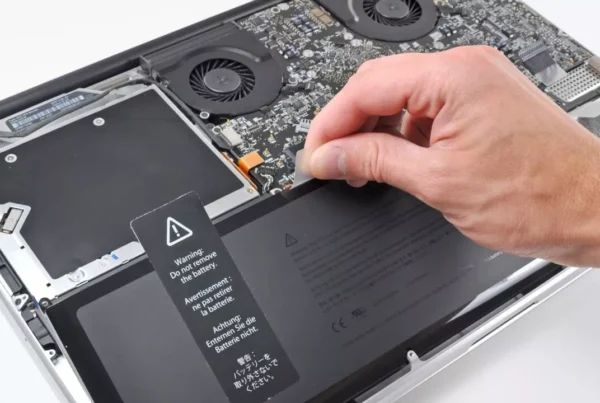RECOMMENDED: Click here to fix Windows errors and get the most out of your system performance
By default, Windows displays a default program icon for each type of file. If you want to change this, you can use a free utility called FileTypesMan to change the icon for each file type.
(*10*)![]()
Files in Windows 10 are identified by their name and extension, and by the icon that represents them. The icon is a visual identification tool. If you've configured a folder view to use small icons, you can visually identify which file is a text file, which is an audio file, which is a movie, and so on with icons. These icons are either generic or set to the default application for that type of file. If Notepad is the default text editor on your Windows desktop, the application icon is used as the icon for all TXT files.
Change a file type icon in Windows
(*10*)![]()
- Before proceeding, download the icon of your choice in ICO format. You can use the icon archive to download icons in ICO format that are publicly available or royalty free. In my case, I am downloading the icon from the text file.
- Puesto que Windows no tiene opciones integradas para cambiar rápidamente el ícono de un tipo de archivo, usaremos un software portátil sin costes llamado FileTypesMan de NirSoft. Descárguelo y extraiga el archivo .exe en su escritorio.
- After extracting the executable file, double click on it to open the software. After opening, it will list all known file types on your system. Scroll down to find the destination file type. You can also use the search option. Basically click on the little search icon that appears in the top navigation bar.
- Enter the width of the file and click the “Browse Next” button. In my case, I'm looking for the "txt" file type.
- Once you have found the target file type, right-click on it and select the “Change chosen file type” option.
- The above action opens the “Change File Type” window. The first thing you have to do is copy the default path of the icon and save it somewhere. You can use it whenever you want to come back to it. Once you've done this, click the Evaluate button that appears next to the Default Icon field.
- Once you click the button, you will see all the available system icons. If you like one of the icons in the list, select it. Otherwise, click the "Evaluate" button to choose your own custom icon.
- Browse to the folder where you saved the icon, select it and click the “Open” button.
- The chosen icon appears in the Edit Icon window. Select it again and click the OK button.
- Click the "OK" button in the main window to store the changes.
- Once you have saved your changes, the file type icon changes immediately.
To change the file type icon using Registry Editor
(*10*)![]()
Suppose you want to change the file type icon for .txt files, and here's how to do it.
- Click Start, type regedit.exe, and press ENTER.
- Navigate to the next branch:
- HKEY_CURRENT_USER Software Microsoft Window Versión actual Explorer File Extracts.txt Selección de Username
- Note the value data for Progid (for example, txtfile) in the right window area. This is the programmatic identifier of the file width chosen by the user (via standard programs or Open with dialog).
- If the UserChoice branch does not exist, navigate to the next branch:
- HKEY_CLASSES_ROOT.txt
- Note the (standard) value data (for example, txt file) in the right window area.
- Navigate to the next key (where txtfile is the program ID noted in step 2 or step 4 above)
- HKEY_CLASSES_ROOT txtfile DefaultIcon
- If the DefaultIcon key is not available by default, you must create it manually.
- Double-click in the right pane (default) and name the path to your custom icon (.ico file or reference to an icon in an EXE/DLL file).
- Cambie los datos del valor (predeterminado) y especifique la ruta a un archivo de símbolo. Si está usando un archivo de icono personalizado, asegúrese de que be de al menos 128 x 128, aún cuando esto no es una norma, pero es para que los iconos se vean bien cuando la vista de carpeta está configurada en iconos grandes o muy grandes.
- Exit the registry editor.
- Log out and back in, or refresh the icons and see if the icons for the text files are now up to date.
conclusion
If you don't see the changes immediately, restart Windows File Explorer or restart Windows. If it does, you should see the changes.
I hope this helps. If you got stuck in the procedure or need help, please let me know what you think below and I'll try to help as much as I can.
https://docs.microsoft.com/en-us/windows/win32/shell/how-to-assign-a-custom-icon-to-a-file-type
RECOMMENDED: Click here to fix Windows errors and get the most out of your system performance





